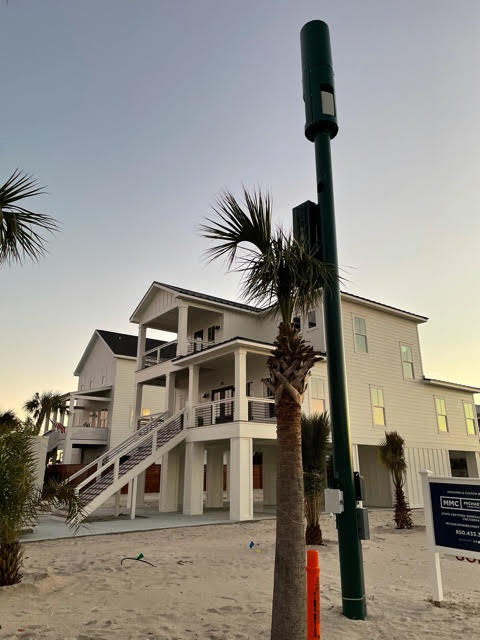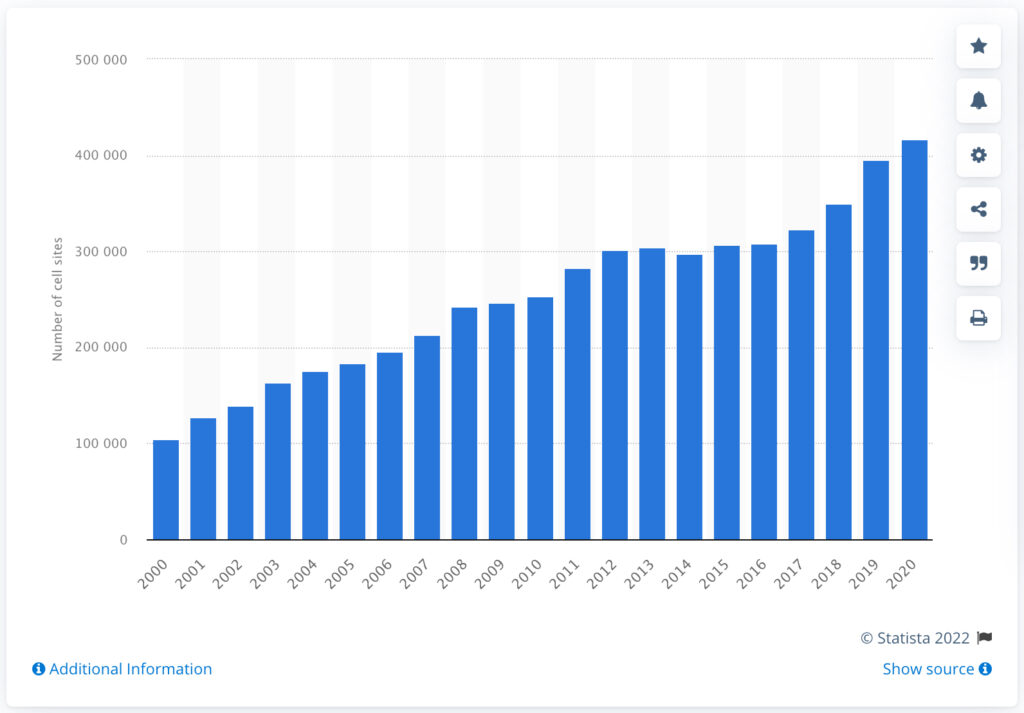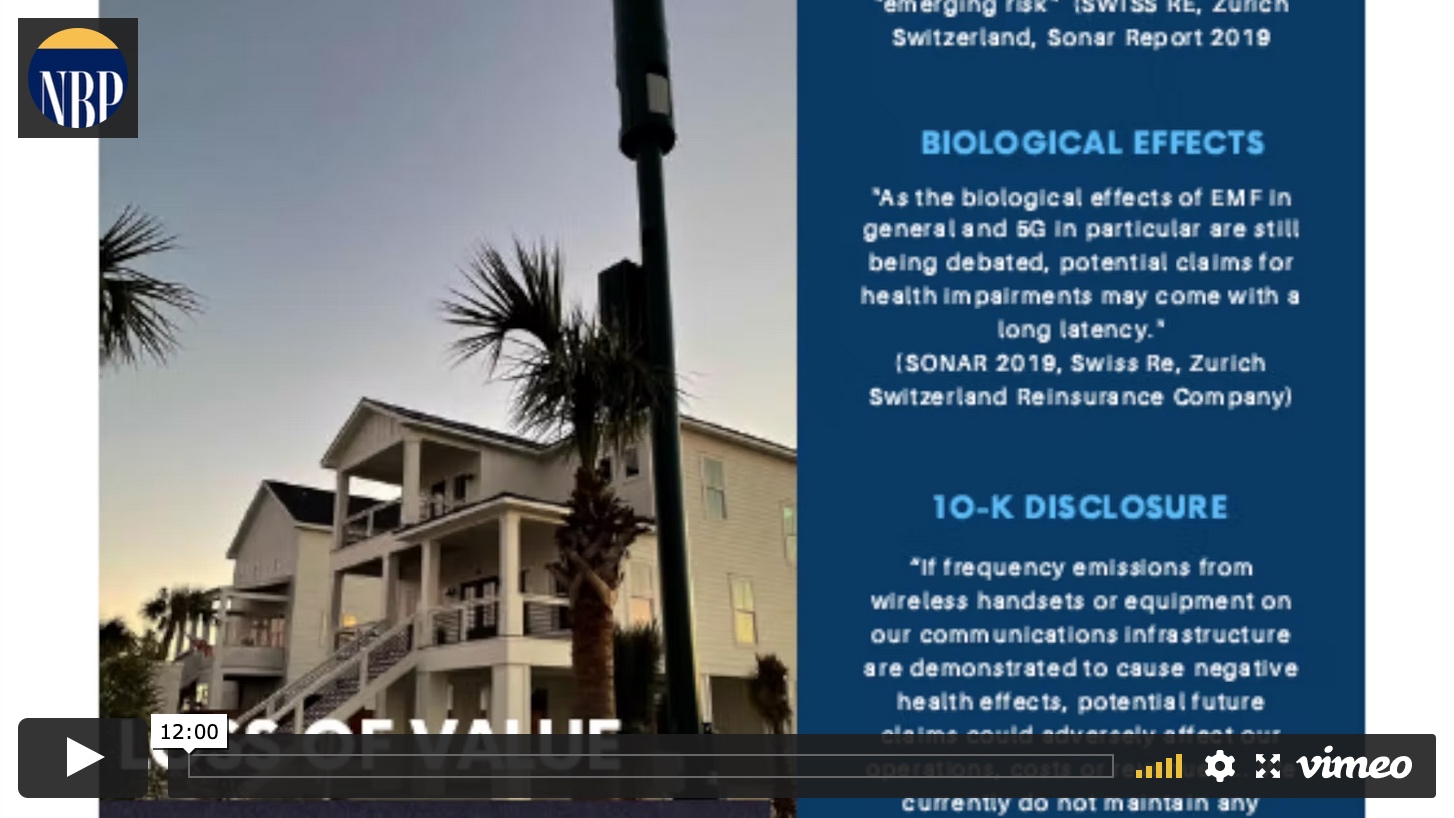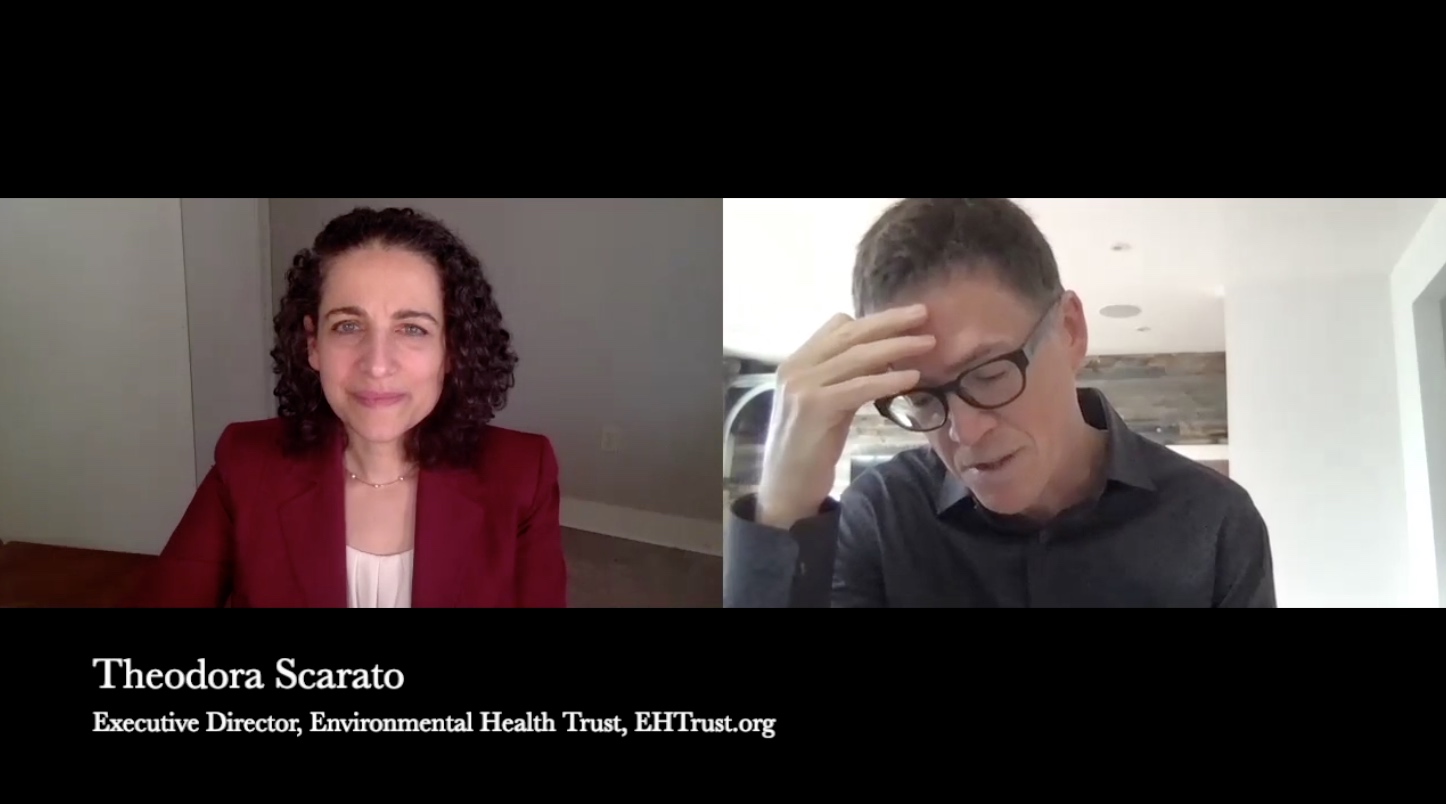“With regard to new FHA originations, the guide provides that “the appraiser must indicate whether the dwelling or related property improvements are located within the easement serving a high-voltage transmission line, radio/T transmission tower, cell phone tower, microwave relay dish or tower, or satellite dish,” which is radio, TV cable, etc. If the dwelling or related property improvement is located within such an easement, the DE Underwriter must obtain a letter from the owner or operator of the tower indicating that the dwelling and its related property improvements are not located with the tower’s engineered fall distance in order to waive this requirement.”
In 2014, the National Institute for Science, Law and Public Policy (NISLAPP) wrote a report called, “Neighborhood Cell Tower’s and Antennas – Do They Impact a Property’s Desirability?” In it, it concluded that homebuyers and renters are less interested in properties close to cell towers and antennas.
“Ninety-four percent of homebuyers and renters said a nearby cell tower or group of antennas would negatively impact interest in a property or the price they would be willing to pay for it. Documentation of a price drop of up to 20% is found in multiple surveys and published articles.”
In 2021, Moira Hahn and Mark Hotchkiss, who have lived at their Long Beach, Calif., address for the last 21 years, received notice from an AT&T subcontractor that a wireless facility would be installed 25 feet from their home. They said they were more concerned about the emissions than the tower’s size and appearance. But five local licensed realtors told them the tower would lower their property’s value by between 20% and 35% or more.
Their case remains unresolved, but it is hardly an outlier. From Pennsylvania to New Hampshire, California to Texas, Italy to the UK, wireless technology infrastructure is now butting up against the actual consumer, invading personal residential properties, not only with phones but now with its 5G small cell buildout.
We need to educate ourselves. Much like smoking, we were able to understand and become aware of the negative impacts to our health and, hence, curbed our behavior. We must do the same with our use of mobile technology. We must understand wireless infrastructure will continue to grow, so how can we best stay connected in an effort to make it safer for all involved?
In its July 2021 study, “Health Impact of 5G”, the European Parliamentary Research Service reported that for longtime commonly used lower radiofrequency radiation frequencies (i.e., those below 6,000 megahertz), wireless emissions used in 5G and 4G infrastructure are “probably carcinogenic for humans, in particular related to gliomas and acoustic neuromas” and “clearly affect male fertility and possibly female fertility, too” with “possible adverse effects on the development of embryos, fetuses and newborns.”
A radiofrequency electromagnetic field (RF EMF) reader is a good place to start. Understanding that which we don’t see entering our homes and our office buildings would allow us to understand how long we are standing inside this microwave oven. When the doctor said, “high blood pressure, stage 2 hypertension,” you agreed, but in your confusion, you never connected the dots. The oxidative stress at the cellular level due to the constant pulse of radiofrequency radiation changes the internal dynamics of a cell. Cancer cells are just cells that have gone rogue.
So now is the time to understand that no longer are we living in a physical world. There’s also a virtual one with frequencies passing through our homes, and offices, doing so in ways we can’t see or understand, most inadequately researched by our federal health agencies. At present, no agency measures or monitors the escalating radiation levels.
In 1996, the same year the telecommunications bill passed, Congress defunded the Environmental Protection Agency from researching the health effects of radiofrequency radiation. If you were to write a letter today to the FCC asking for clarification on radiofrequency radiation and its effects on health, you may be referred to the Food and Drug Administration. The reason the FDA would be involved at this point is it regulates food, so it also regulates microwave ovens, those radiation emitting appliances used in preparing food. However, they have no jurisdiction over telecommunications and its wireless infrastructure. The FDA will send you back to the FCC. And the FCC is not a health and safety agency, so
there is no regulatory body presently reviewing all of the research on wireless non-ionizing radiation, now considered a new form of environmental air pollution.
The emissions presently being pushed out of a cell tower, or 5G small cell antenna, and its effects on our human biology are regulated by safety limits last reviewed in 1996. However, the FCC, after having been successfully sued by
Environmental Health Trust, a scientific think tank, in August 2021 — has now been asked by the U.S. Court of Appeals – D.C. Circuit, to re-examine the scientific evidence as it relates to wireless technology and its impacts on the human biology.





No comments